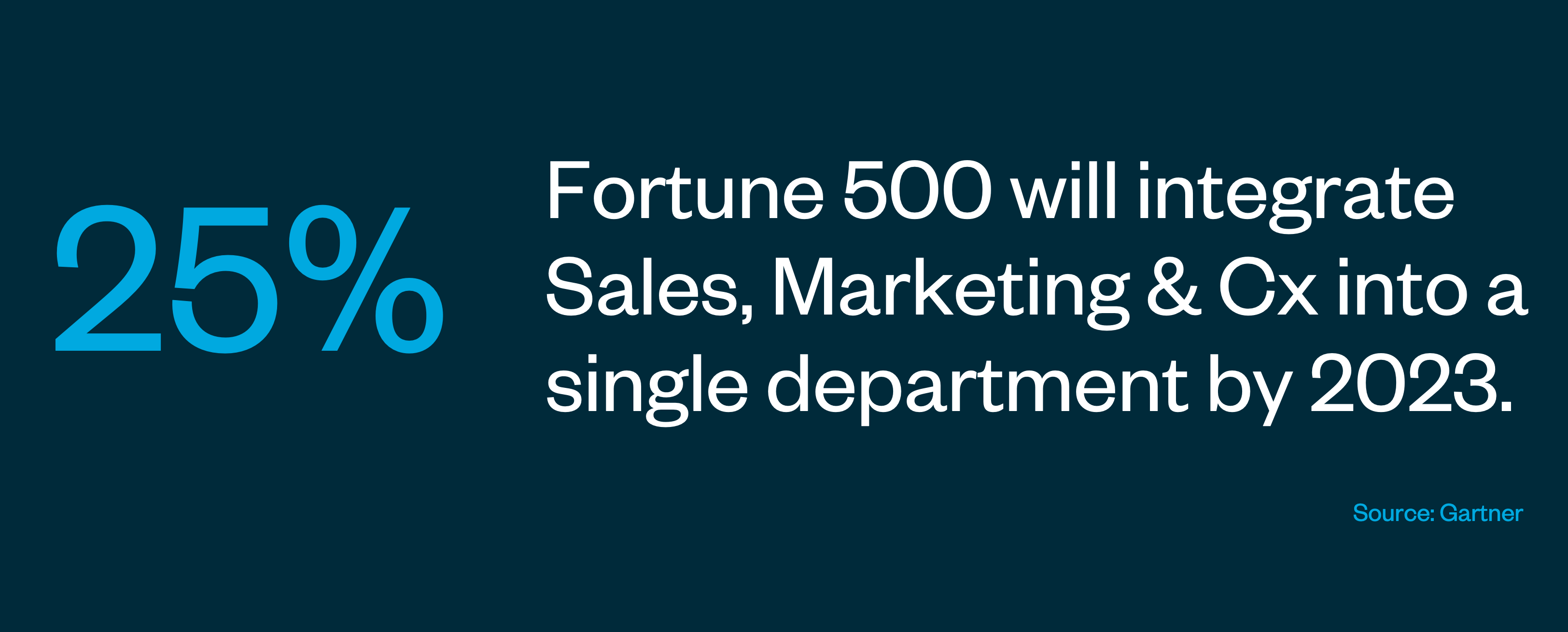The future of higher ed marcom is performance-driven brands.
Duh, right? The rest of the marketing world has been focused on ROI and performance for some time. Advertising has been changing rapidly with social and digital marketing to be hyper-focused on optimization and personalization far more than it's been about creative campaigns and taglines.
And for good reason. Consumer habits are changing almost as rapidly as the makeup of our labor force. Entire industries are being disrupted through the increase in digitization. Rising income inequality and increased polarization have led to declining confidence in the public institutions that underpin our society — higher education notwithstanding.
Now add back in the demographic cliff, social & racial unrest, a deadly pandemic, and fractured student mental health, and you can understand why higher education marketing must embrace transformational change — now.
But transforming your higher ed brand to focus on performance rather than mere promotion is no easy task. It begins with a clear focus on three key components:
-
Developing a Cultural Orientation to Strategic Goals
-
The Organizational Capacity & Capabilities of the Marcom Function
-
The Holy Grail of Data + Digital + Measurement
For now, I'll focus on the cultural orientation to strategic goals. Next month, I'll do a deep-dive into org capacity & capabilities, followed by unpacking the holy grail of data + digital + measurement, where I'll build on the results from our latest research study on the state of higher ed website & marketing technology.
→ Download the Web & MarTech Study and our other recent research
Developing a Cultural Orientation to Strategic Goals
Most companies and corporate brands have a singular focus on products or services with a clear benefit to a target audience. It's not as simple in higher education. With a multitude of stakeholders, funding priorities, business lines, and customers, it's more akin to enterprise marketing, healthcare, non-profit and cause marketing, or even politics and public advocacy than traditional B2C marketing. Adding to the challenge, higher ed's lack of differentiation, decentralization, deficiencies in budgets and marketing technology, and siloed org charts make focusing on performance seem like a pipe dream.
Institutions must build more of a cultural orientation to becoming performance-based organizations than managing to shifting culture, crisis, and flashing objects. To do so, institutional leaders, boards, and strategic plans have to articulate specific goals and objectives they want marketing and branding to support. And marketers must root their work in metrics beyond reach, frequency, social engagement, or top-of-funnel marketing awareness. We need to develop a shared understanding that brand strategy is institutional strategy. Full stop.
In a recent whitepaper, "What Makes a Strategic Plan Strategic," RHB's Rob Zinkan and Aimee Hosemann studied more than 100 strategic plans across higher ed. Marketing was mentioned in nearly 50 percent of the plans, but "mentions of marketing were predominantly in the realm of 'promotion,'" presenting a limited, less-strategic view of the marketing function in higher education. Even more troubling, only 27% of the plans provide clear success metrics or key performance indicators (KPIs) at all. And of the 73% of plans that do not include specific measures of success, vague language like "enhance" (most commonly), "broaden," or "strengthen" replace finite goal setting and measurement (i.e., performance metrics).
Overall, approximately half of the strategic plans (48%) explicitly mention marketing (or marketing and communications). For comparison to other constituent-focused functions, 68% of the plans reference advancement or fundraising, while 73% include mentions of alumni, alumni relations or alumni engagement.
- RHB
As RHB wisely notes, "A goal to which no action or assessment is assigned is not actually achievable." CMO's have an important voice in shaping these goals, not just for marketing but insisting that other institutional priorities can be measured and that the work their teams are focused on supports those goals. Doing so enables a performance-based branding focus.
Beyond shared focus and understanding of the goals and metrics marketing is to support, institutions must also become more agile and collaborative while ensuring that stewardship of the brand is not just a "marketing problem." Too often, the silos in higher ed have prevented bringing the right people to the table, sharing data that would make marketing more effective or better enabling marketing to truly measure the impact of the effort. As SimpsonScarborough founder Elizabeth Johnson is quoted in Terry Flannery's book, How to Market a University, "Organizational structure is the greatest barrier to integrated marketing and branding on college campuses."
Organizational structure is the greatest barrier to integrated marketing & branding on college campuses.
(Read Elizabeth's full perspective on why the time for marketing integration is now.)
The response to the pandemic has forced the issue and areas of the institution are collaborating more than ever before. We can't afford to let this momentum slip. Gartner recently reported that 25% of the Fortune 500 will integrate sales, marketing, and customer experience into a single department by 2023. That level of penetration on such an accelerated timeline should give some clues as to how seriously the corporate world is taking this transformational change.

This may be the moment higher ed's marketing efforts shift from focusing on "telling our story" to aligning institutional values, goals, and the real-life experience happening on campus in measurable ways that actually transform institutions amidst a complex and volatile world. We shouldn't accept anything less.
→ Read Performance Driven Brands, Pt. II
—
Jason is CEO & Partner at SimpsonScarborough. Before coming to SimpsonScarborough in 2014, Jason led the marketing communications teams for the University of California System and North Carolina State University. In 2013, he was named Higher Education Marketer of the Year by the American Marketing Association. Known for being our chief Peloton evangelist, he and his wife, Meredith, live in Oakland CA with their daughter, Amelia. Learn more about Jason here.


%20(1).jpg)








